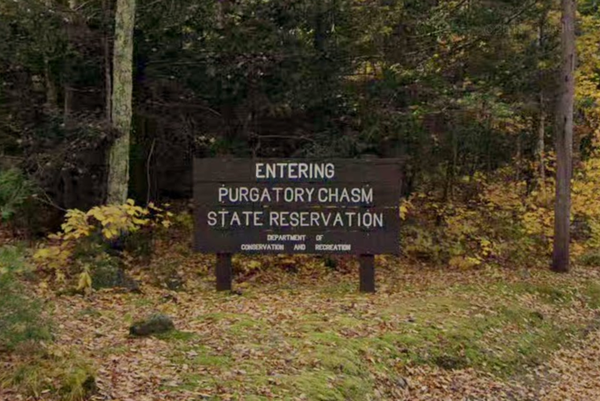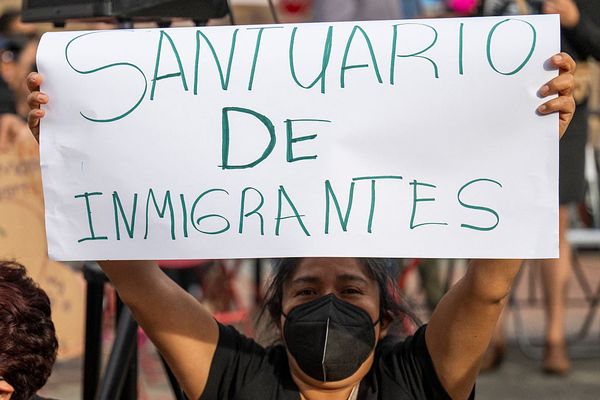
If you managed to evade burnout last year, scientists may be interested in studying your resilience.
Burnout in the workplace reached an all-time high in 2024. Around 82% of 1,500 white-collar, desk-based knowledge workers in North America, Asia, and Europe surveyed by DHR Global reported being “slightly” to “extremely” burned out. Similarly, 39% of 2,100 global employees surveyed by Skillsoft cited burnout and exhaustion as the top challenge they experienced in 2024.
But work probably wasn’t their only source of burnout. The term, while traditionally used in reference to occupational stress, can also describe social media or political fatigue.
“People were burned out in 2024, between coming out of Covid, elections, social media, and AI,” Lisa Walker, a managing partner at DHR Global, told HR Brew.
Burned out and… locked in? Despite feeling burned out, workers were also, confoundingly, engaged at work, with 88% of respondents to DHR Global’s survey reporting being “very” or “extremely” engaged. While only 23% of global respondents to a Gallup survey said they were engaged with their work in 2023 (the most recent year of data collection), that was the highest rate since the firm started tracking the metric in 2012.
Why? “It isn’t necessarily that I’m burned out in the ‘I’m working 24 hours a day’ way, but ‘I’ve been doing the same general thing for five years, and it’s just not energizing me anymore,’” Ciara Harrington, Skillsoft’s CPO, told HR Brew. “People like to be challenged by new things, and if you’re stuck in the same role, it can feel like that’s not happening,” she added.
On top of that, workplaces have undergone a seemingly never-ending parade of changes in recent years, from the rise of remote work to the explosion of AI tools. Some have seemingly overwhelmed employees, even if they are optimistic about the related benefits.
“There’s a lot of reasons to feel drained, and people react in different ways,” Walker said. Some workers may cope with stress by paradoxically throwing themselves even further into work, Walker noted. While 34% of respondents to DHR Global’s survey said burnout made them less engaged, another 44% said it made them more engaged.
Furthermore, as companies pulled back on hiring in 2024, it became a lot harder for workers to not only find work, but to advance within their organizations, leaving them feeling trapped. Some 67% of respondents to DHR Global’s survey said that a tight job market increases their engagement, versus just 9% who said the opposite.
What’s the risk? As HR leaders continue to prioritize retention in 2025, Walker said it will be crucial that they avoid putting more pressure on hard workers who may be at their limits. This can create a toxic cycle of overworking employees who are running on fumes, and may force them to leave for greener pastures if given the opportunity this year.
“You don’t want to find the work horse and abuse them,” Walker said.
For starters, HR leaders should look at what’s driving burnout within their own workforce. No company or department is the same, and all have different stressors.
“A burnt out employee maybe doesn’t have as many choices as they would have in a world where the market is more open,” Harrington said. “As the market opens up, we all have this window to get to those employees in advance of that and really understand: What would it take to get you more engaged? What do you think is causing your burnout? And how can I help you?”
At the corporate level, Harrington and Walker mentioned the importance of ensuring clarity around company strategy and culture.
“Define who you want to be and what you want your culture to be. Be very clear about the advantages and disadvantages of that,” Walker said. “Invest to get better at what you’re already good at, so you keep that advantage, and if you’re not good at something, invest in that to bring it up to a median level. You don’t have to be best at everything.”
This report was originally published by HR Brew.







